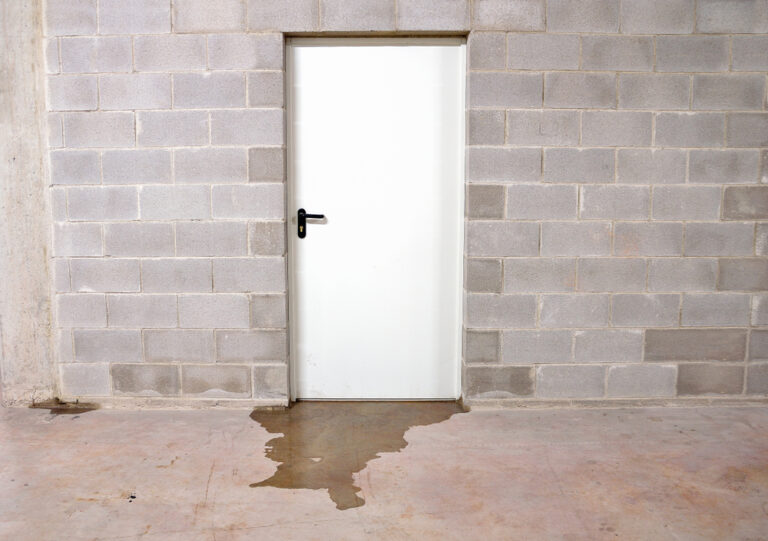Within the structure of your home lies a complicated pattern of pipes, drains, valves and vents – better known as your plumbing system.
How often do you inspect your home’s plumbing system? The answer for most homeowners is: “Not very often.” This is because most individuals don’t know what to look for until there is damage to the home. While most issues can be fixed with an easy repair (slow leaks, for instance), issues such as sewage backup can indicate a more serious issue.
Instead of waiting for raw sewage to bubble up through the floor drains in the basement, you can get ahead of the problem by installing a backwater valve. A backwater valve can be a lifesaver when it comes to your home’s plumbing system.
What is a Backwater Valve?
A backwater valve is designed to ensure that floods and sewage does not come up into your basement. If they do, they can cause damage and flooding to your home.
Sometimes called a “backflow” or “sewer backup valve”, a backwater valve is installed on your sewer line and allows water or sewage to only flow one way.
If your home is connected to a city sewer line, something as simple as a sudden heavy rainfall can overwhelm the system and cause water or sewage to flow back toward your home.
With a backwater valve, the water and sewage cannot enter your home’s plumbing system.
Installation of Backwater Valves
If you have a basement in your home, or if the ground floor is less than a foot above street level, then you are at risk of water backups.
Backwater valves can be installed on new constructions as well as retrofitted into existing homes.
Some municipalities will require that you have a backwater valve installed while others may only recommend it. Check into your municipalities code to see if you are required to have one – as well as any subsidies available for having one installed.
How a Backwater Valve Works
There is a small flap on the inside of the valve that typically remains open to allow water to flow from your home. It also allows for the ventilation of sewer gases.
There is also a small flotation device on each side of the flap that causes the flap to lift up and close if water or sewage start to flow back into the house.
Once the water stops flowing back toward your house, the flap will fall into an open position again due to gravity.
Identifying the Presence of a Backwater Valve
You may not be sure whether your home’s plumbing system has been fitted with a backwater valve or not.
To see if you do have one, take a look around your basement. Backwater valves are usually located in the floor and have a cover that can be easily removed for maintenance purposes.
These covers are usually round but may have a rectangular panel on top.
If you have a sump pump in your basement or crawlspace, the backwater valve is probably close by.
Do I Need a Backwater Valve?
While a backwater valve is recommended for all homeowners, there are certain risk factors that may indicate if one is necessary.
Here are some signs that you need to have a backwater valve installed in your home:
Rain and Flash Floods
If you live in an area that receives a lot of rain, or the occasional flash flood, then a backwater valve is absolutely necessary.
As mentioned above, sudden heavy rains can cause city sewer lines to back up and into your home. Unfortunately, municipalities are more focused on maintaining the sewage and drainage systems than how they affect homeowners.
Installing a backwater valve will ensure that your home is protected from floodwater and sewage backing up into your home and causing permanent damage.
Your Home’s Drainage System
If your home has a sump pump, you may want to consider having a backwater valve as well.
Sump pumps are typically installed in homes where the water table rests above the home’s foundation. This means that water needs to be drained from above that level onto the lawn to prevent it from seeping into the home.
While sump pumps are designed to avoid flooding, they are not without their downfalls. Sump pumps rely on motors, which can fail, and electricity, which may not be available.
A backwater valve is a great backup to have in case the sump pump fails or can’t handle the amount of water that needs to be diverted.
Local Laws and Regulations
As we mentioned before, it may be required that you have a backwater valve installed – depending on where you live.
Check into any local laws and regulations by visiting the local clerk’s office or by searching the internet for your municipality’s name plus “backwater valve”.
You may find that your home requires one. You may also find subsidies or rebates available for having one installed.
Why Risk a Sewer Backup if You Can Prevent One?
Going through the process of having a backwater valve installed may seem like an inconvenience – but it is far less inconvenient than permanent and expensive damage to your home due to flooding.
For more information on having a backwater valve installed in your home, or having your existing one inspected and maintained, contact our highly skilled technicians at Peak Sewer & Underground Services today!

